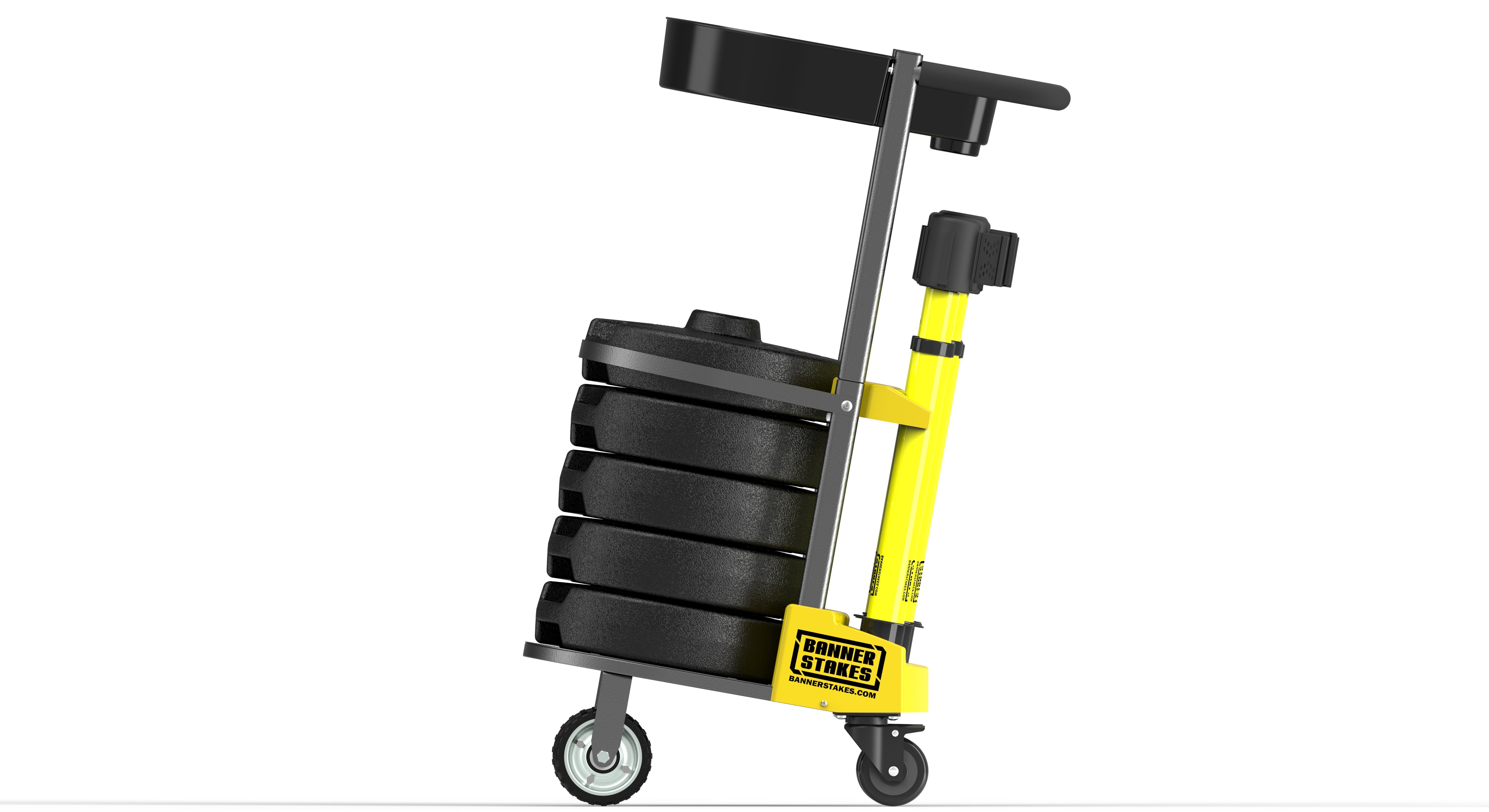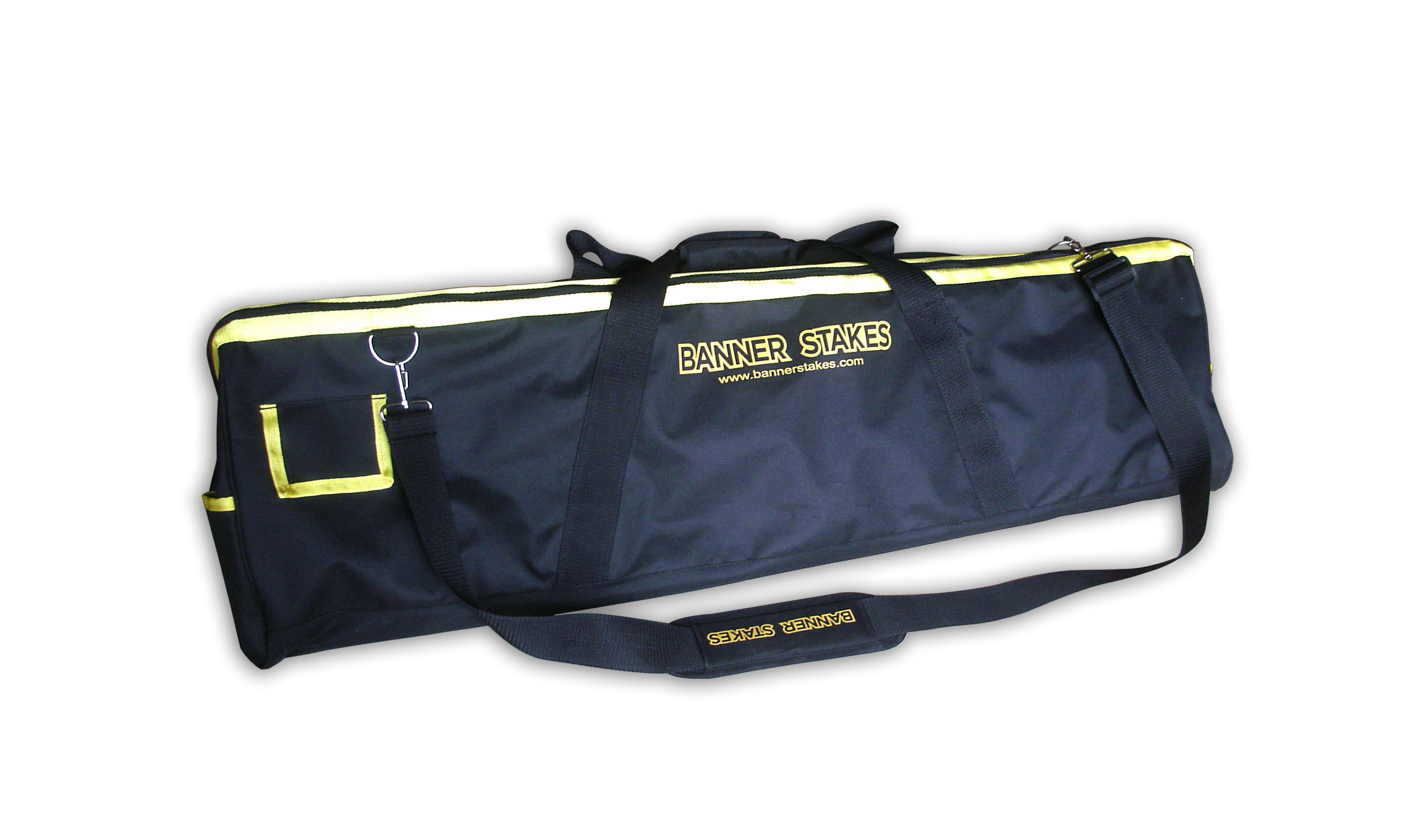Quick. What's the first thing that comes to mind when you hear the word RED?
Did you picture a "Stop" sign? Or maybe a red traffic light, siren, or danger warning? We all associate certain colors with specific meanings and feelings. Colors can effect the brain so quickly, we're often not aware that we are having a reaction. Think about the last time you hit the brakes at a red light. The response is nearly instantaneous.
Color can convey meaning before someone has time to read the words on a sign. This makes color a powerful tool to utilize for safety warnings where seconds can make the difference between being injury or safety.
Because color coding is so vital to help prevent public and workplace accidents, the American National Standards Institute (ANSI) has developed standards for color and meaning (ANSI Z545.1. Color Codes). These standards have been adopted and promoted by the Occupational Safety and Health Administration (OSHA) to protect workers. The major benefit of standardizing color codes is consistency. Standardized rules can help workers easily recognize and understand the message being conveyed no matter what job site they are on.
ANSI has outlined 10 safety colors for visual communication with specific applications for each. Banner Stakes utilizes three of these colors in our safety and hazard communication barriers: red, orange, and yellow.
Banner Stakes' Use of Standardized Safety Colors
Businesses are required to follow OSHA regulations to keep their employees safe from a variety of hazards in numerous different environments. Banner Stakes adheres to OSHA/ANSI color codes so users of our safety barriers know they have the correct, standardized color for each appropriate situation. Let's go the three main safety colors which Banner Stakes uses as recommended by OSHA:
OSHA/ANSI Standardized Red
Red draws attention like no other color. In fact, studies have shown that exposure to red can increase heart rate and blood pressure. With its bold sense of urgency, red is universally recognized for identifying the most serious, life-threatening hazards, or a need to come to an immediate stop.
Safety signs that comply with the ANSI Z535 standard use red for “Danger” signs and labels that warn when death or serious injury can occur if the hazard is not avoided.
In addition to “Danger” signs, here are other scenarios where red should be used:
- Fire safety items and warnings; including fire extinguishers, fire alarms, and sprinkler pipes
- Stop signs
- Emergency exit signs
- Emergency stop switches, buttons, and bars on machinery
- Containers carrying flammable liquid
- Confined space hazards
- Construction hazards and PPE requirements
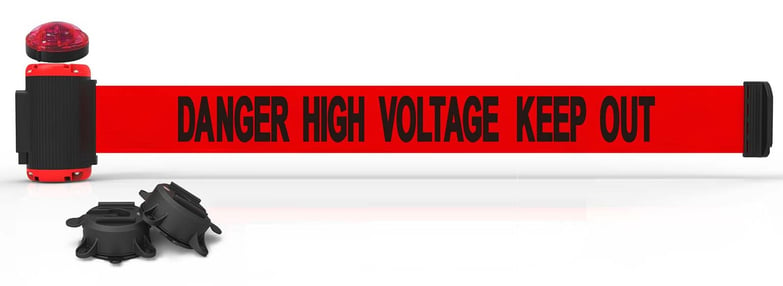
OSHA/ANSI Standardized Orange
Based on the ANSI's specifications, orange identifies dangerous machines or equipment. Thousands of workers are injured each year in the United States while operating heavy machinery. Rather than allowing machine-related hazards to go unchecked, employers should label them with orange signs. Orange also indicates specific dangerous parts on a machine or piece of equipment.
In addition to machines and equipment, orange can be used on warning signs and labels when a hazard may result in injury, but when the overall risk isn’t severe enough for a “Danger” sign.
The following scenarios call for orange signs and labels:
- Exposed and moving machine parts
- Low clearance levels
- Forklift traffic
- Machinery or equipment in-use signs
- Work zone markings (including safety cones and barrels)
- Road construction signs
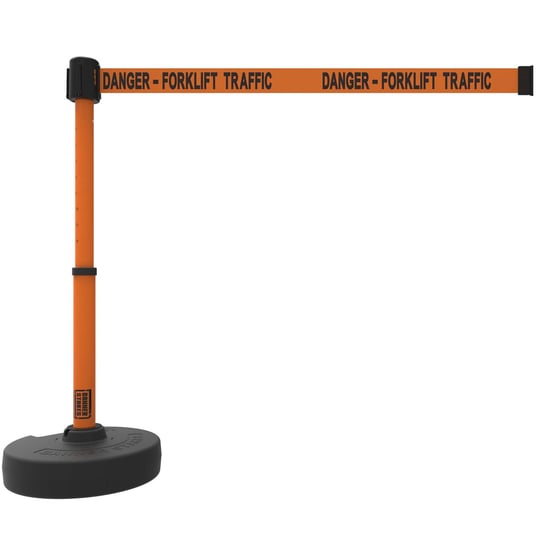
OSHA/ANSI Standardized Yellow
Yellow is a bright and easily noticeable color, making it perfect for traffic-related situations where drivers have only seconds to spot a road hazard. Construction vehicles, hard hats, caution tape, safety vests and clothing are all yellow to help grab the attention of both drivers and workers. Yellow also indicates the need to slow down and exercise caution. Pedestrian crossings, yield signs, and traffic lights all utilize yellow to symbolize slowing down and proceeding with heightened caution.
In an industrial setting, yellow is meant to highlight instruction and/or warning. Most commonly, yellow signs warn against unsafe practices such slip-and-fall type accidents.
Here are the situations where the ANSI recommends that yellow should be used:
- Worker clothing/vests
- Caution signs that point out common hazards, such as wet floors
- Signs that inform employees when they are entering a construction area
- Yield or slow down zones
- Exposed edges, loading docks, platforms, and curb-related signs
- Slip and fall hazards, such as a wet floor
- To inform that cleaning or maintenance is being done
- Out of service signage
- Minor physical hazard warnings signs and labels
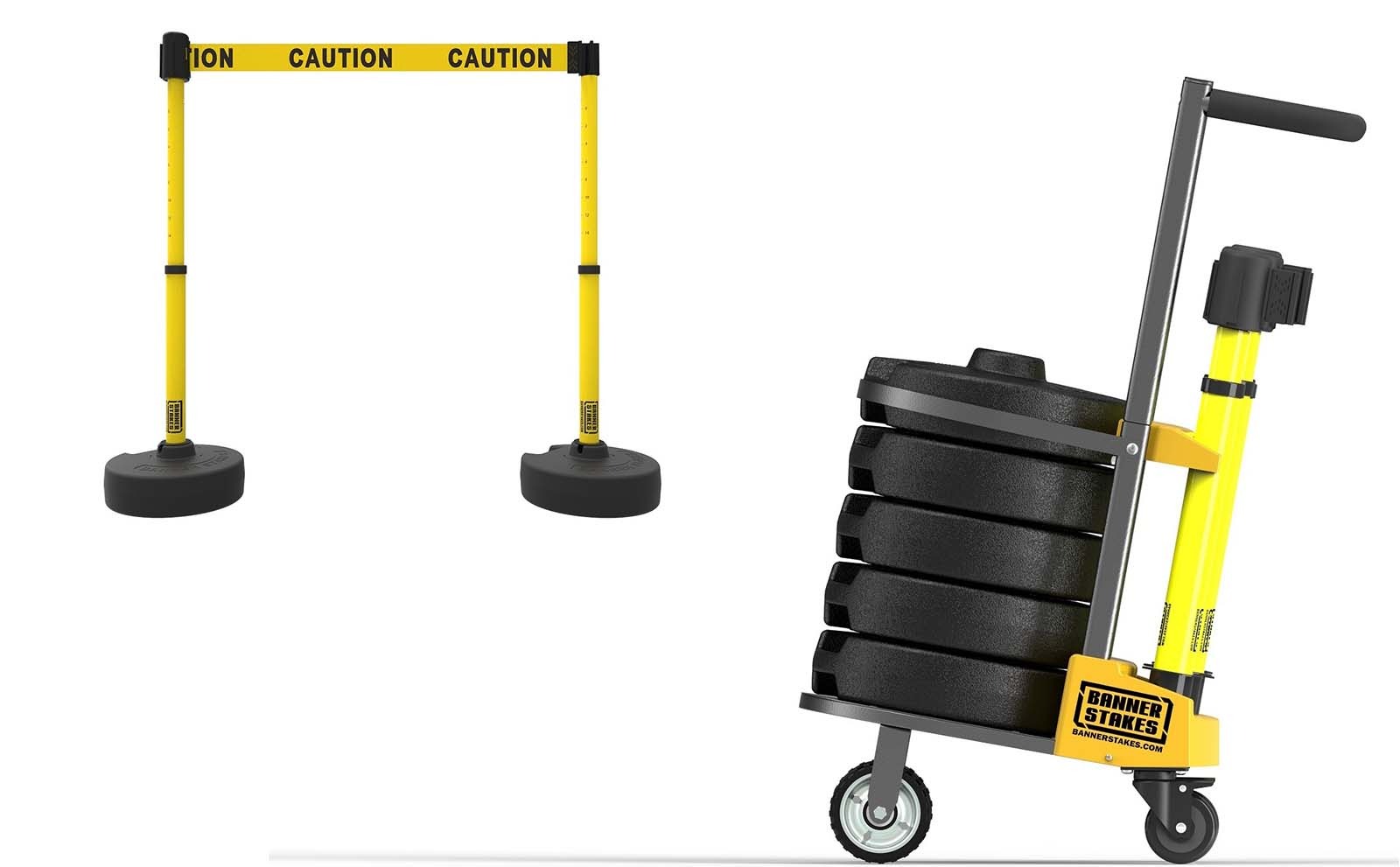
Using Colored Coded Barriers to Prevent Accidents
Banner Stakes' highly visible red, orange, and yellow retractable belt barriers are a powerful tool to help alert people when there is a potential danger. Using the standard color codes recommended by OSHA and the ANSI, we take the guess work out of choosing your safety barrier - so you can rest assured you're using the correct color barrier for any given situation.
Interesting in learning more? We can assist you in finding the perfect safety products for your needs, creating a safer workplace and meeting compliance requirements.
Need help improving your worksite's safety with the proper OSHA standardized color messaging? We're here to help!

